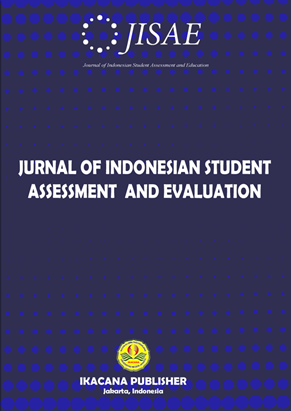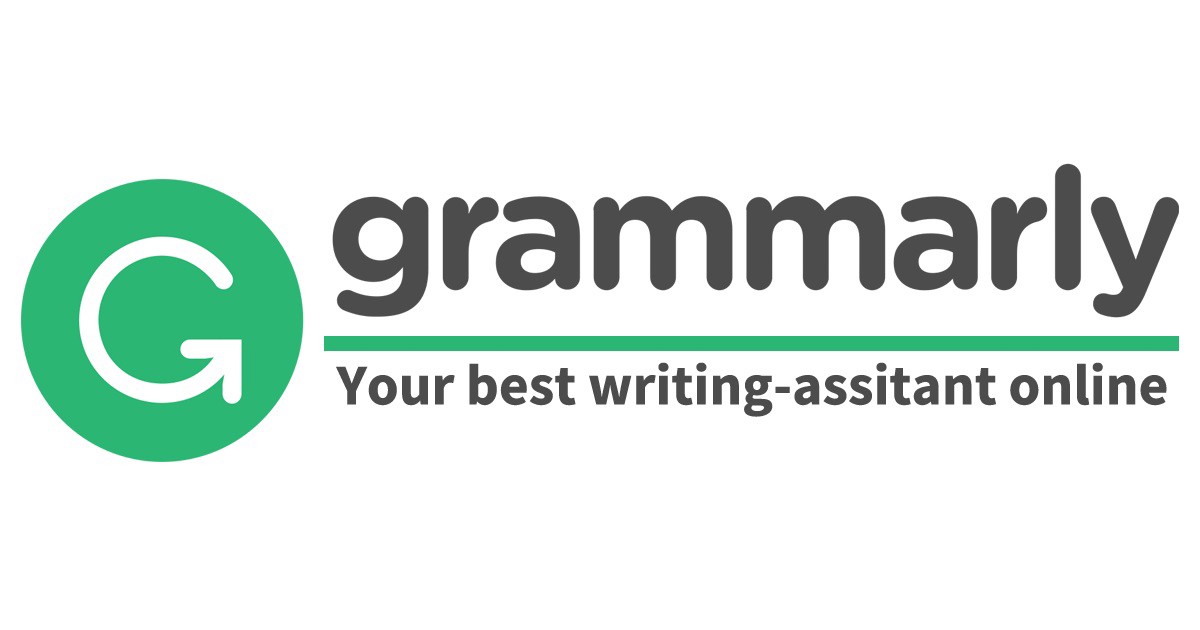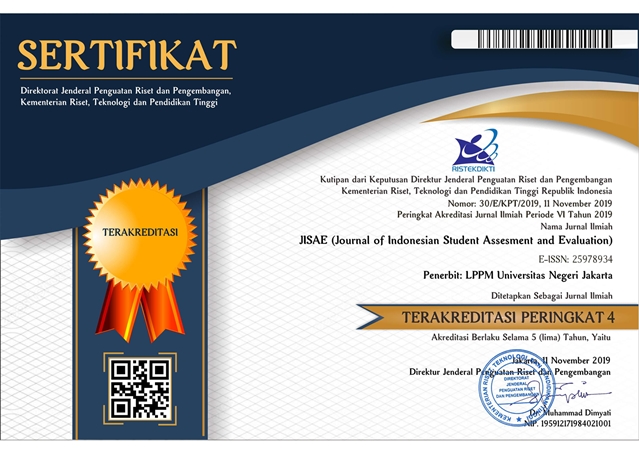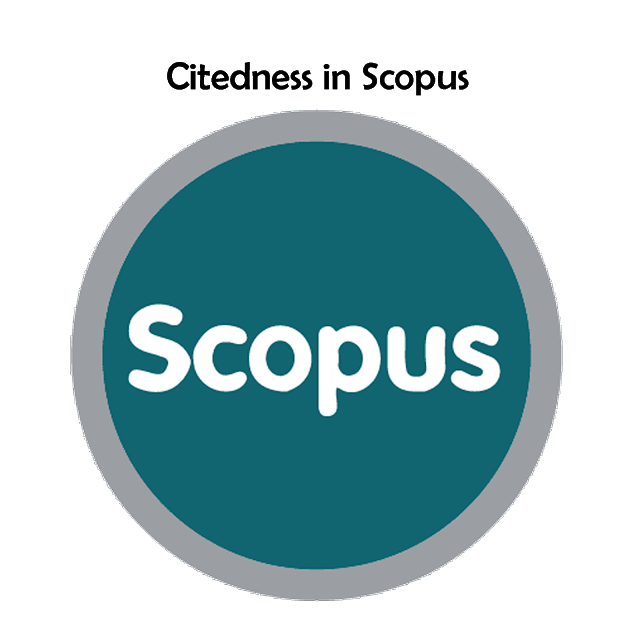ANALYSIS OF STUDENTS’ COGNITIVE STRUCTURES USING FREE WORD-ASSOCIATION TEST IN CHEMISTRY LEARNING
DOI:
https://doi.org/10.21009/jisae.v4i1.7887Keywords:
Cognitive Structure, Free Word-Association, Learning ChemistryAbstract
This study aims to determine the cognitive structure of high school students of class XI with free word-association method in teaching chemistry at the material buffer solution. The research was conducted in the second semester with a sample of 37 students at SMAN 89 Jakarta. The method used is qualitative in interpretivism paradigm, focused on the analysis of cognitive structures using free word-association method in teaching chemistry. Data obtained by interview, documentation, observation and student assignments through free word-association. Instruments free word-association tests contain stimulus word of "buffer" to collect information about students' conceptual structure in the material buffer solution. The data were subject to content analysis and divided into categories through coding. Results of this study is there are five categories in the distribution of cognitive structures through free word-association test. These categories include the definition of a buffer solution, buffer solution properties, creation of buffer solution, pH buffer solution and calculate the buffer system in biological systems. The most dominant category is category nature buffer solution. The conclusion is that students have the cognitive structure of the most widely through recall or rote learning and there are learning difficulties experienced by students in learning material buffer solution.











